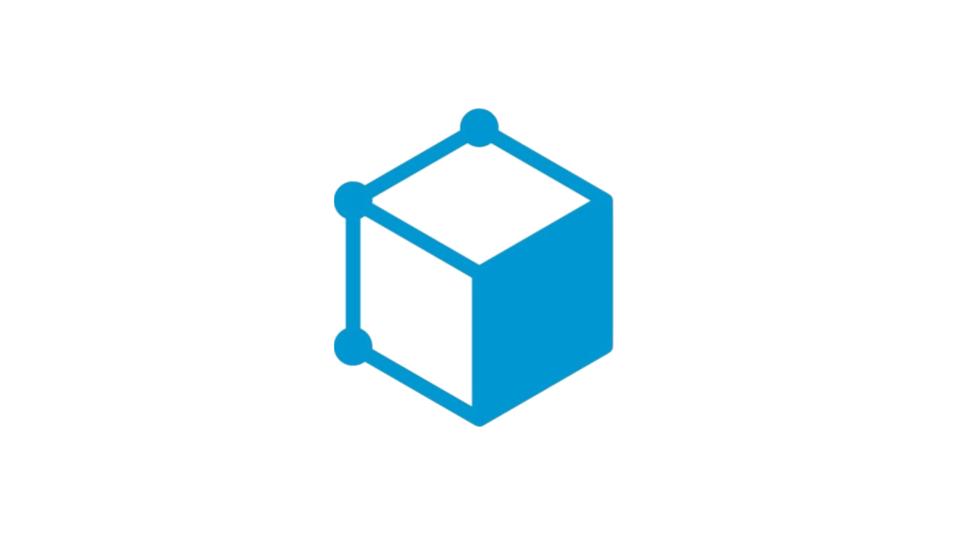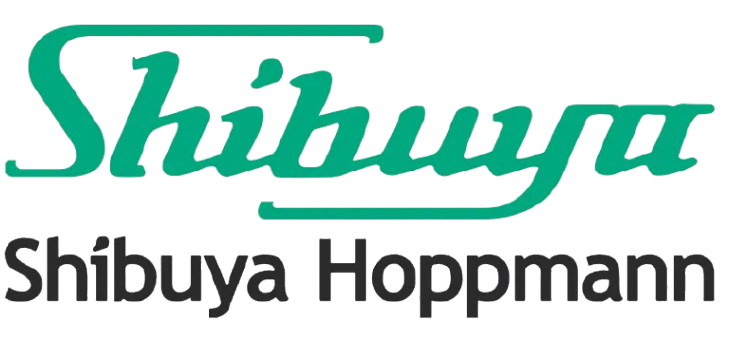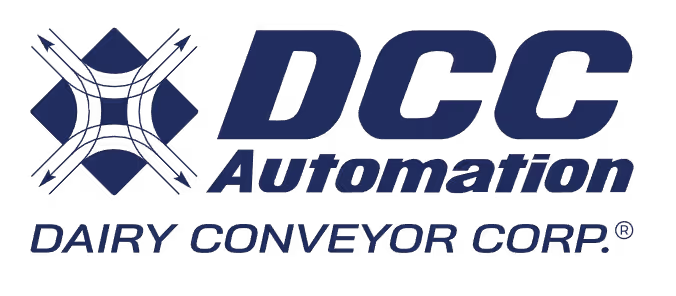Achieving Optimal Procurement by Leveraging Hidden Data
.svg)
Before
Amidst a surge in orders, the siloed organizational structure and inefficient analog processes led to time-consuming procurement tasks and delayed deliveries.
.svg)
After
The time spent searching for drawings has been reduced from hours to seconds. More time can now be allocated to productive tasks such as cost planning and supplier development.
Increasing Inquiries Drive Supply Chain-Wide Business Transformation
Ebara Corporation has a long history, dating back to its founding in 1912. Established as a pump manufacturer, the company continues to support the world behind the scenes with its high technological capabilities, even after more than a century. The company’s products are used in a wide range of applications, including water-related fields such as water supply and sewage systems, energy sectors like oil and gas, and vacuum pumps for semiconductor manufacturing processes. Ebara supports society, industry, and daily life in various fields.
Kei, who is responsible for company-wide business transformation, says that Ebara’s connection with CADDi was sparked by the need to increase production for the semiconductor industry. The company was manufacturing CMP equipment used in semiconductor production, but as customer inquiries grew, the existing sheet metal suppliers could no longer handle the required volume. As a result, in early 2022, Ebara decided to use CADDi Manufacturing to develop new suppliers. This stabilized the supply of sheet metal processed parts and enabled mass production without delays. From there, Ebara began to see the potential of CADDi Drawer to make their internal business processes more efficient.

At Ebara Corporation, roles are divided among development, design, procurement, and production. While this allows employees to focus on their respective roles, some felt a disconnect in the workflow. For example, in the design of a particular part, issues that arise in procurement are not fed back to the design department, leading to the recurrence of similar problems. In this context, Kei made a strong presentation to the president about the benefits of incorporating costs from the development stage. There was a strong desire to advance business transformation to provide more valuable products to customers. When Kei first heard about CADDi Drawer, he saw the potential to use drawing data to break down organizational barriers and share knowledge among departments.
Moreover, while Ebara had “managed” drawing data, they had not fully “utilized” it. In particular, the time-consuming process of selecting suppliers and evaluating quotations was a significant challenge in reducing production lead times.
In recent times, uncertainty in procurement has increased due to social circumstances, placing a greater burden on the front lines. Kei focused on the procurement department first and proceeded with the implementation of CADDi Drawer.
Time-Consuming Drawing Searches Limit Time for Supplier Selection
One of the critical roles of the procurement department is to select appropriate suppliers. They must consider factors such as the suppliers’ technology and costs when placing orders. If there is a history of ordering similar parts from multiple suppliers, it is necessary to compare the prices for each supplier before making a selection. Veteran employees may be able to search for similar parts they have handled in the past based on their memory. However, less experienced employees lack this know-how. Even if they are fortunate enough to find previous records, the time spent searching for drawings and past records sometimes leads to placing orders without sufficient verification.
CADDi Drawer uses a proprietary algorithm to enable similar drawing searches. As a result, when searching for drawings, users can now obtain data on similar drawings, their suppliers, and price information with a single click. Nori, who actually uses the system, says that this has made it possible to immediately verify whether prices have changed significantly compared to previous orders. If a supplier has a history of orders, an approximate prediction can be made before obtaining a quotation. When requesting competitive bids for cost reduction or when an order cannot be placed with the intended supplier, a quick search for similar drawings can help find an appropriate manufacturer. This has provided greater confidence in placing orders with suppliers.
Nori was particularly drawn to the user-friendliness of CADDi Drawer compared to conventional drawing management systems and purchasing history management systems.
“With the current system, drawings can be downloaded from the purchasing history, but you have to go back and forth between multiple pages.”
“With CADDi Drawer, you can see everything at a glance. The process of searching for drawings, which used to take hours, can now be done in seconds.”
The drawing search task has been significantly shortened, allowing more time to be spent on productive tasks that procurement should essentially focus on.
Utilizing Drawing Data for Higher Value-Added Tasks
Using the system in practice revealed many benefits. “We took a bold step in implementing it, believing that the effects would be difficult to understand without actually using it in our work, and it was well worth it,” says Kei. However, he also feels that the value of CADDi Drawer is too great to be limited to the procurement department alone.
Kei expressed his desire to utilize the system in the upstream planning stage to optimize costs and quality.
“I want to further leverage CADDi Drawer to conduct cost comparisons and other tasks by searching for similar drawings of newly designed parts.”
Based on this information, designers can create designs with procurement and cost considerations in mind. By the time the information reaches procurement, competitive bidding and other processes will have already been completed, enabling immediate ordering. Kei and Nori already envision this cycle in motion.
As orders for semiconductor manufacturing equipment are expected to continue growing, Ebara aims to utilize CADDi Drawer to explore new suppliers and improve QCD (quality, cost, delivery). The two individuals’ goals extend beyond business transformation, aiming even further ahead.
Ready to see CADDi Drawer in action? Get a personalized demo.

Take this case study on-the-go
.png)
.svg)



.svg)
.svg)
.svg)



























.png)



%201.svg)
%202.svg)
.png)

